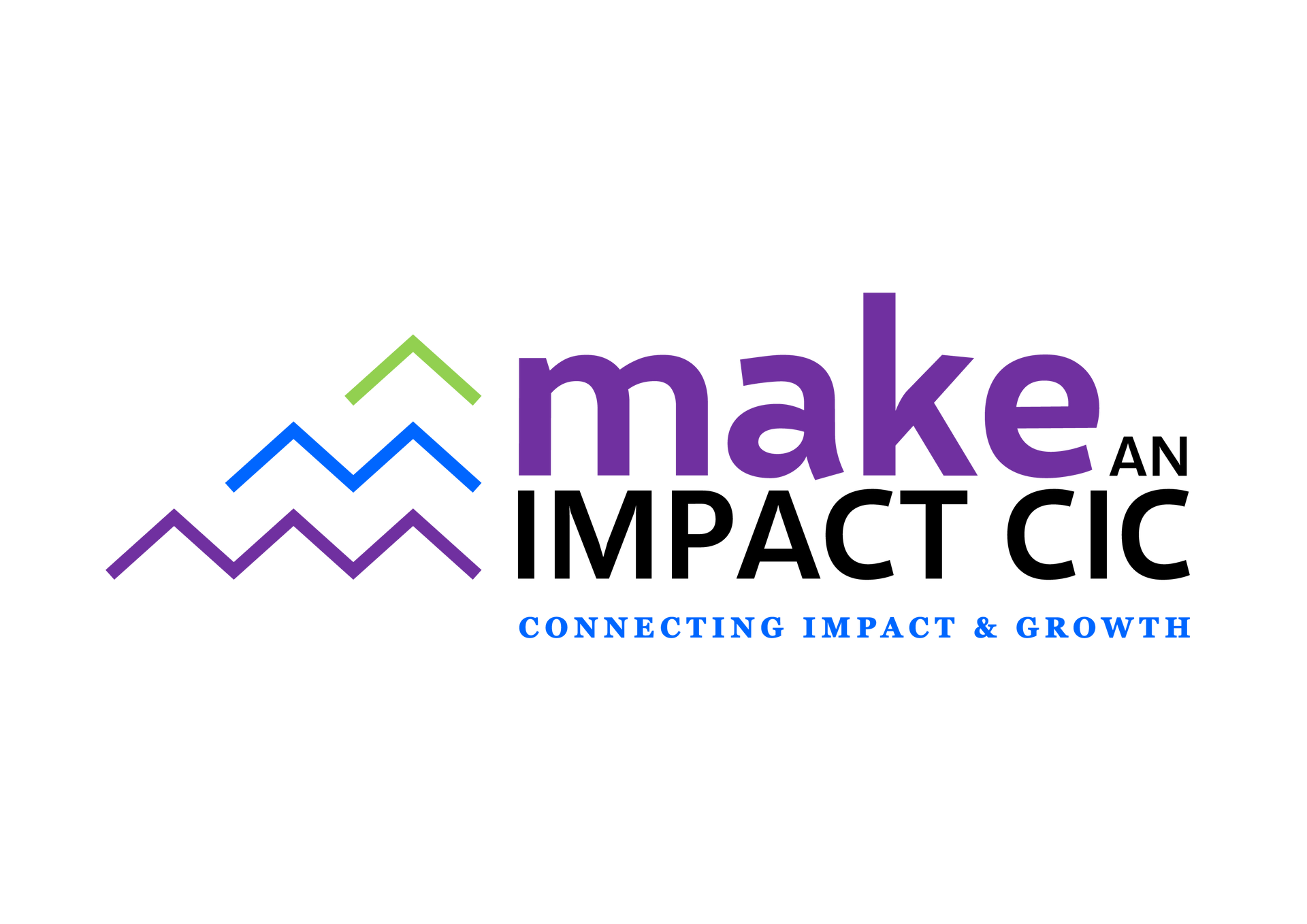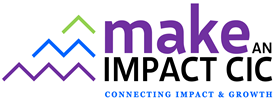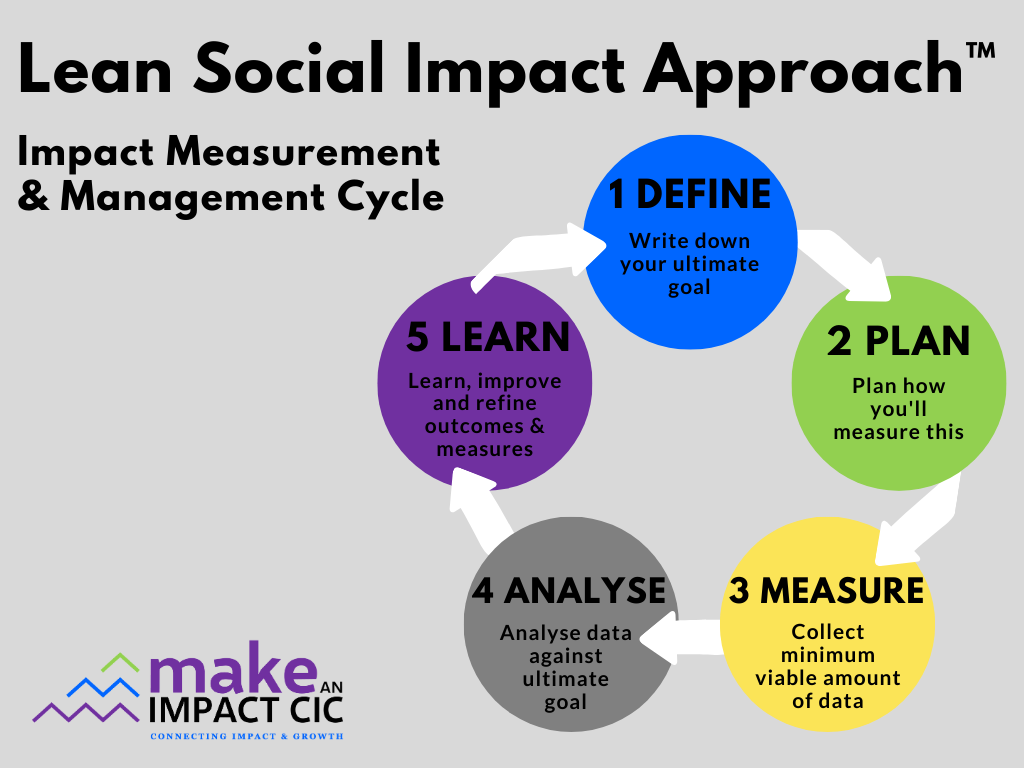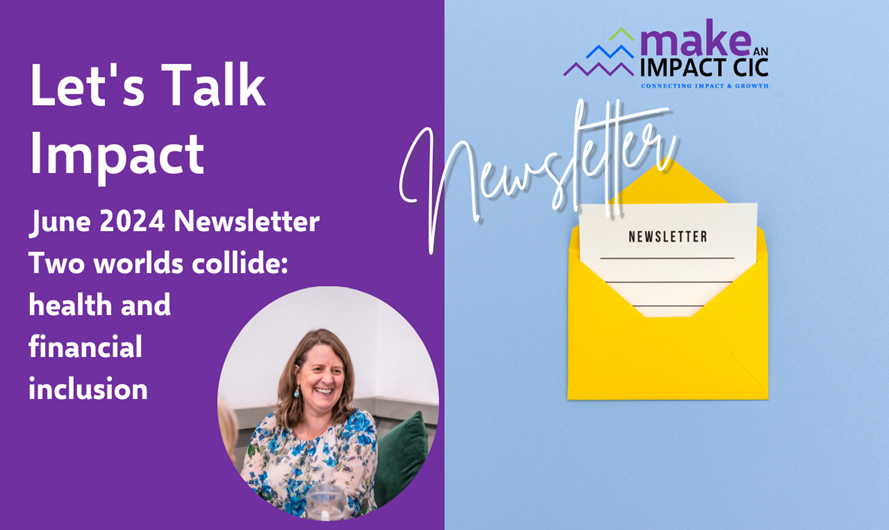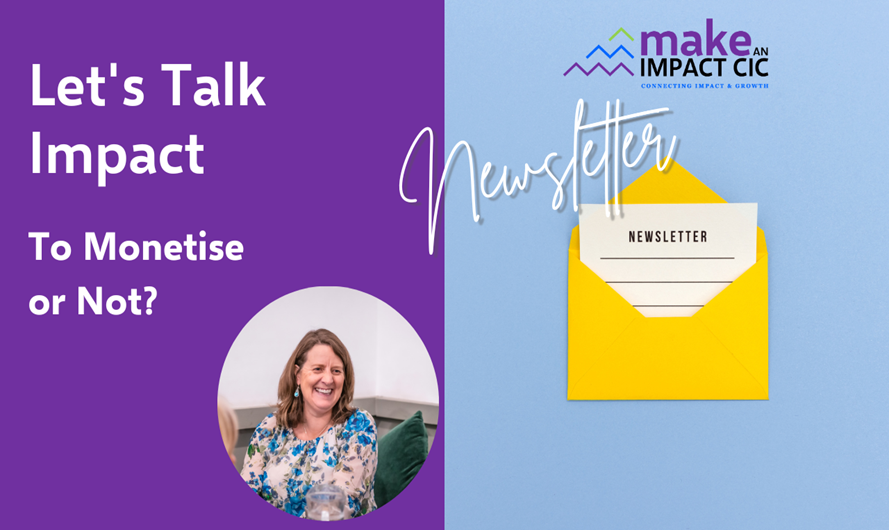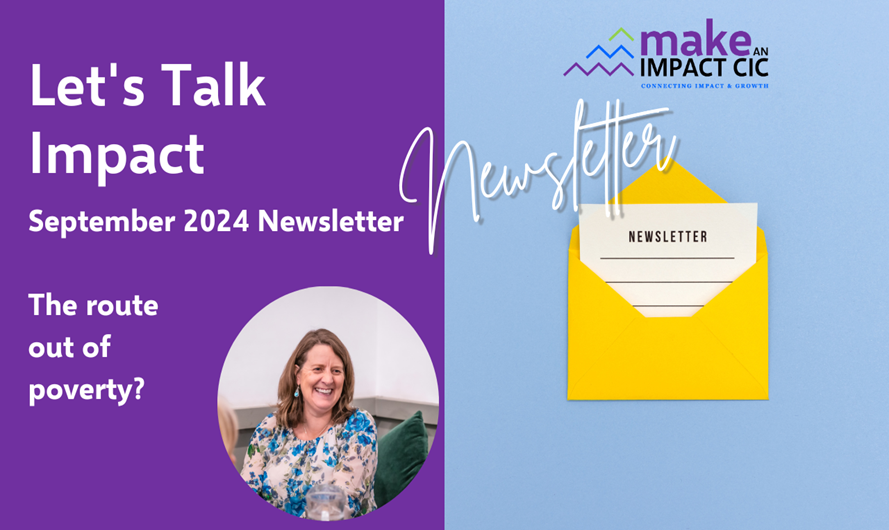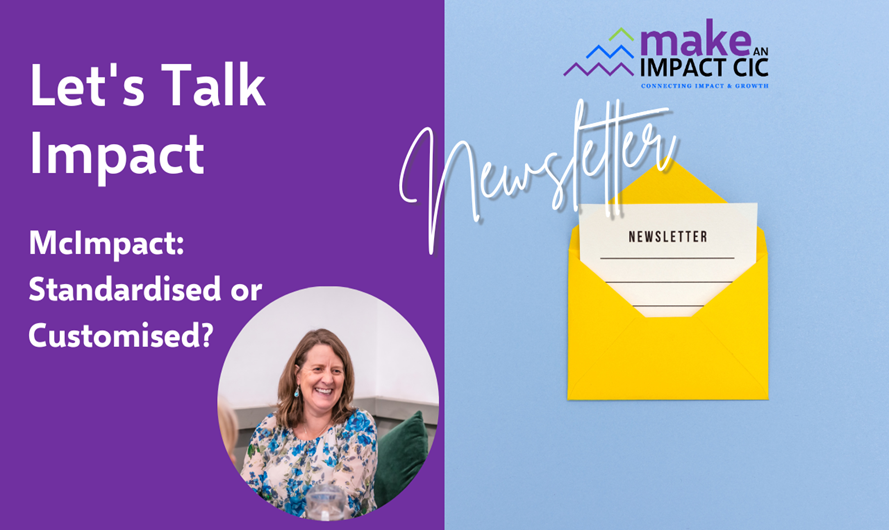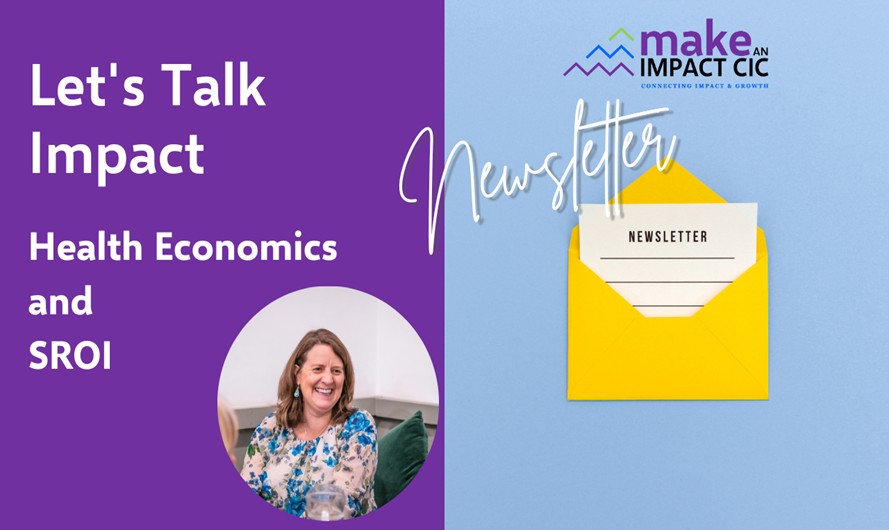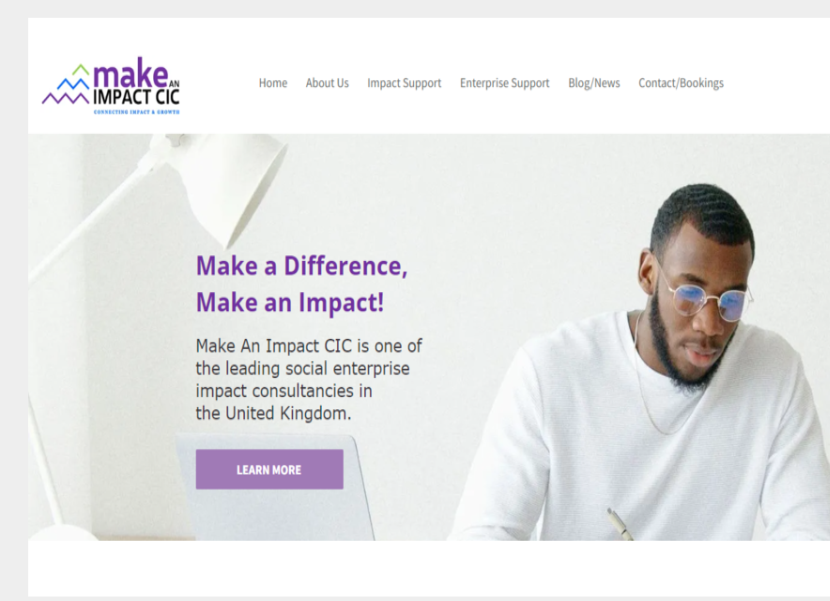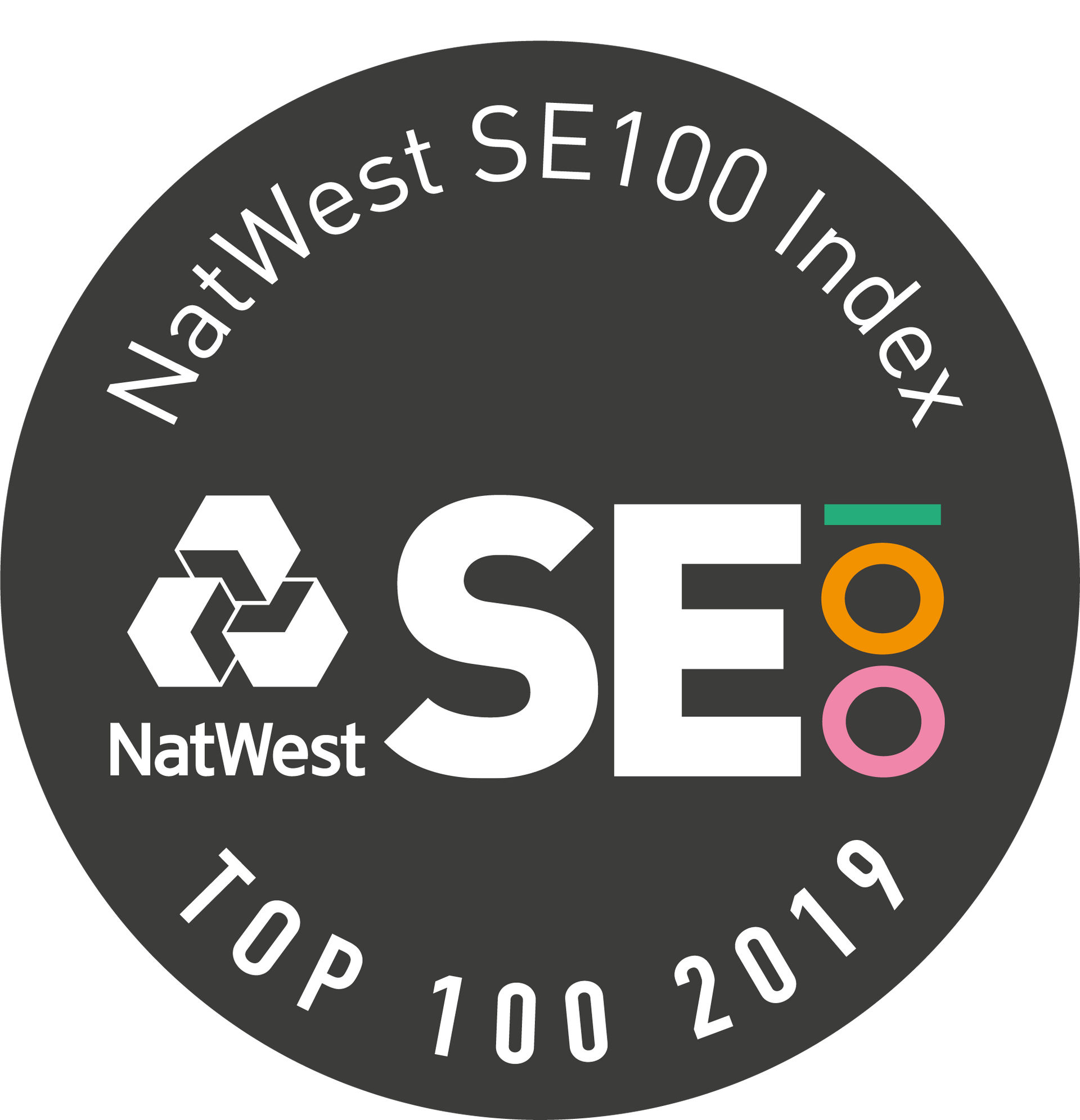- It’s too time consuming
- It’s too complicated
- We don’t have the resources internally to do this
- It’s too confusing – there are lots of different methodologies and we don’t know which to use/which is the right one (is there a right one??)
- We don’t have to report on outcomes to our funders/commissioners/board etc. so what’s the point in doing this?
- We already collect lots of data why do we need to collect more?
First up, let’s get clear about what impact measurement and management (IMM) are. Here’s how I define them:
Impact measurement
Impact measurement is the process of designing systems, consulting with stakeholders, collecting data and measuring the impact you have.
Impact management
Impact management is about what you do with the information you have obtained through the impact measurement process to continually improve your organisation so you can increase the level of positive impacts and reduce negative impacts.
Lean Social Impact Approach
Now you know what IMM is, let’s look at the five stage Lean Social Impact Approach I use with clients to make doing it as simple as possible:
- Define
- Plan
- Measure
- Analyse
- Learn
See diagram here >
1. Define – be clear about your vision/ultimate goal – what problem are you solving and what does the world look like once you’ve solved that problem? What difference does that make to people and the planet?
Try to define your ultimate goal in one sentence. For example:
- Reducing health inequalities for all so people can stay active.
- Improving peoples’ live by developing their skills and improving access to opportunities.
- Creating sustainable use of resources.
2. Plan – once you know what your ultimate goal is identify what outcomes (changes) need to happen to people or the planet for that goal to be achieved. Focus on two key stakeholder groups, and identify two outcomes that happen to them as a result of your work. The reason for picking just two stakeholder groups and two outcomes is to keep it simple – so you’re only measuring four outcomes to start with. You can get more complex in the future and measure more outcomes for more stakeholders, but right now it is about getting started without being overwhelmed.
How will you know if each outcome has been achieved? For example, for increased self confidence you might get people to self-report or score changes in this; for training it will be when they’ve completed the training, for health improvements you might record how often they visit their GP, and for things like reducing plastic waste you could measure how much is recycled and how much goes to landfill.
Then plan how you’ll collect information on these outcomes – will you use surveys, focus groups, case studies, interactive methods, sketch notes, photos, games or something else? And how often will you need to collect the data – just once, or at the beginning and later on to evidence that there’s been a change?
Don’t forget to ask something along these lines too: “Were there any other changes (positive or negative) that happened as a result of our support?” so you can track unintended and negative outcomes too.
Finally, at this stage think about what other information you might want (if you don’t collect it already on a registration form) – such as a person’s age, employment status, health conditions etc. so you can see if these affect what outcomes they achieve.
3. Measure – this is the practical stage where you actually have to get on and do the data collection. And this is typically where it all falls down – as no-one takes responsibility for making sure the data is collected. But that’s not going to be you because you want to know what impact your work is having!
So get out there, collect the data and collate it somewhere. Typically most people use a simple spreadsheet to record the data but there are lots of online survey tools and AI tools that will collate and analyse the data for you.
4. Analyse – my favourite stage as you’ll get to look at what your data is telling you about your impact.
Which outcomes have you successfully achieved? Which outcomes haven’t been achieved? Do certain stakeholder characteristics link to different success rates for outcomes? If they do, do you need to change how you deliver your activities to remove barriers/address specific issues so you can improve the level of outcomes in future?
Based on the data, how well are you achieving your ultimate goal?
5. Learn – what are you going to do based on what you found out to continually improve and refine what you do, so you can maximise your impact?
Are there other outcomes that are important to your stakeholders that you need to measure in future? Do you need to measure outcomes for other stakeholder groups?
Did things go wrong during the data collection stage – that you want to change so it’s easier to collect data in the future, or you can get better data?
Finally, do you need to change what you do so you can maximise your outcomes in the future?
So there you have it – five stages to impact measurement and management. But, of course, it never really ends, as you start again based on what you’ve learnt, and do it better next time. What’s stopping you?
